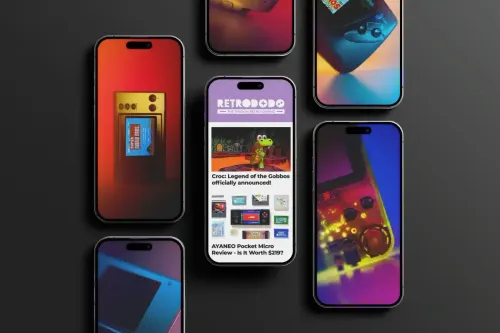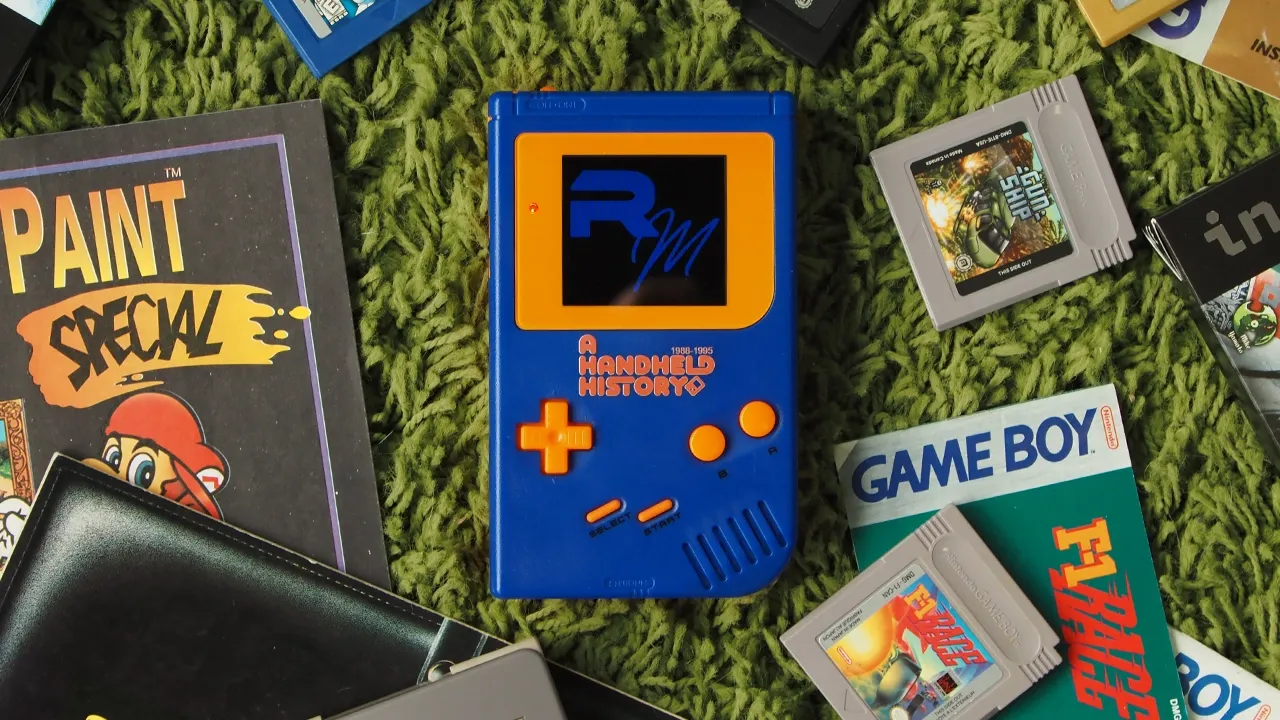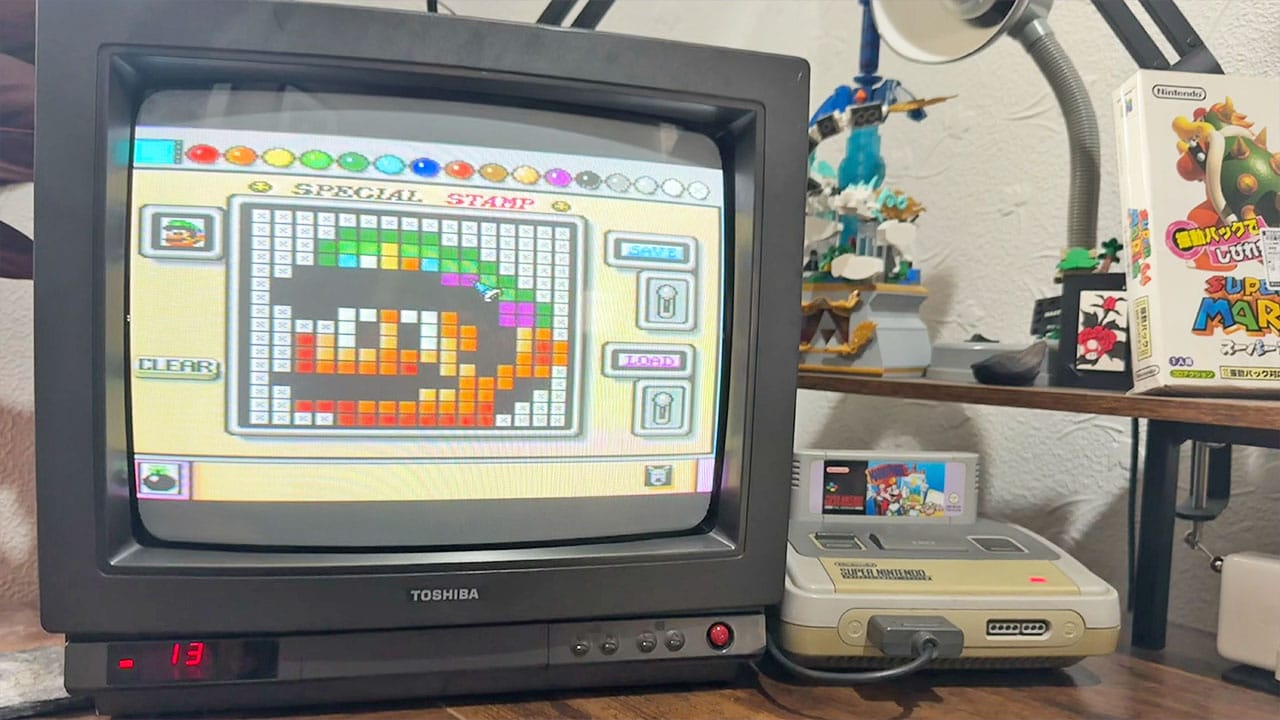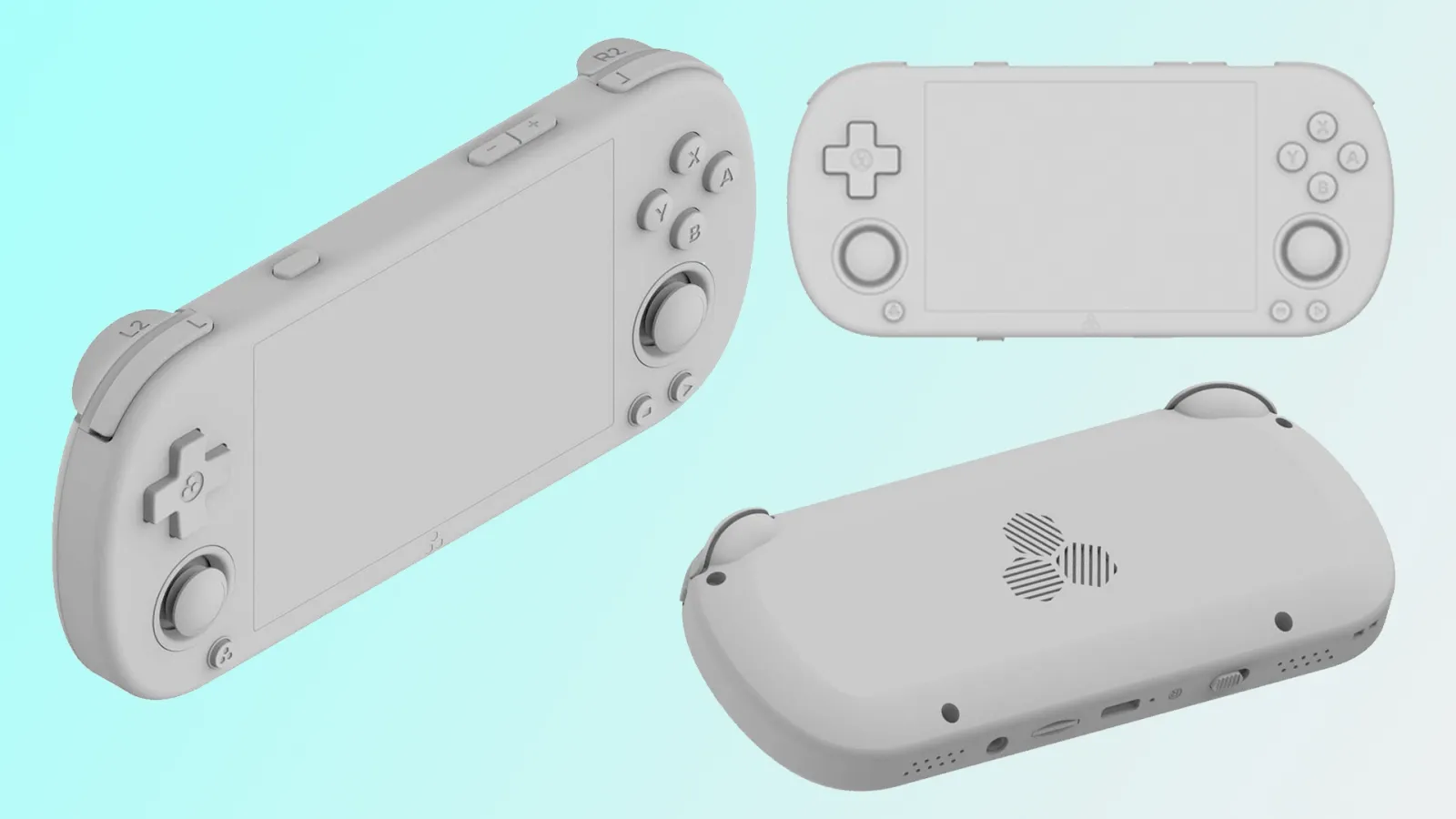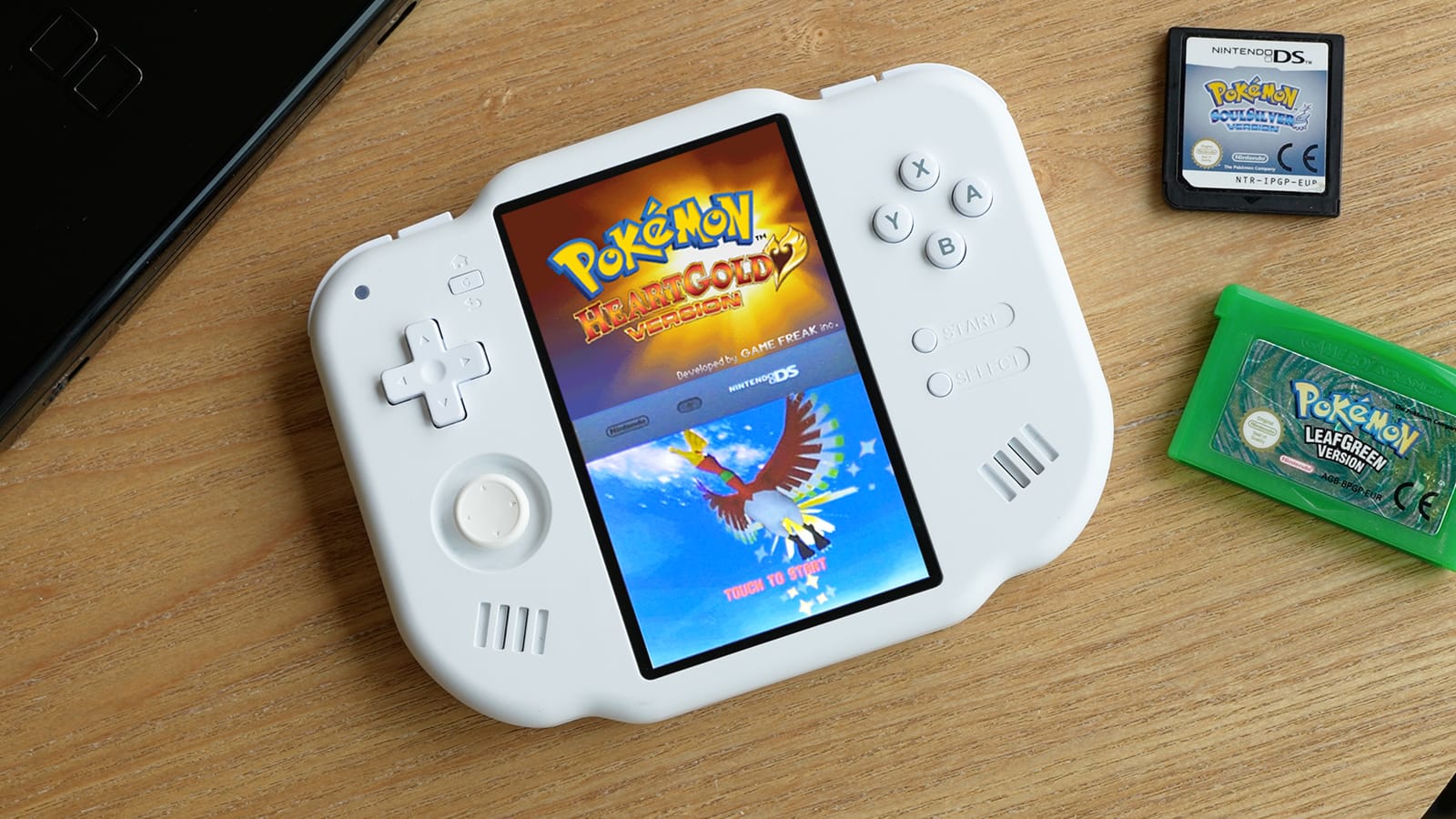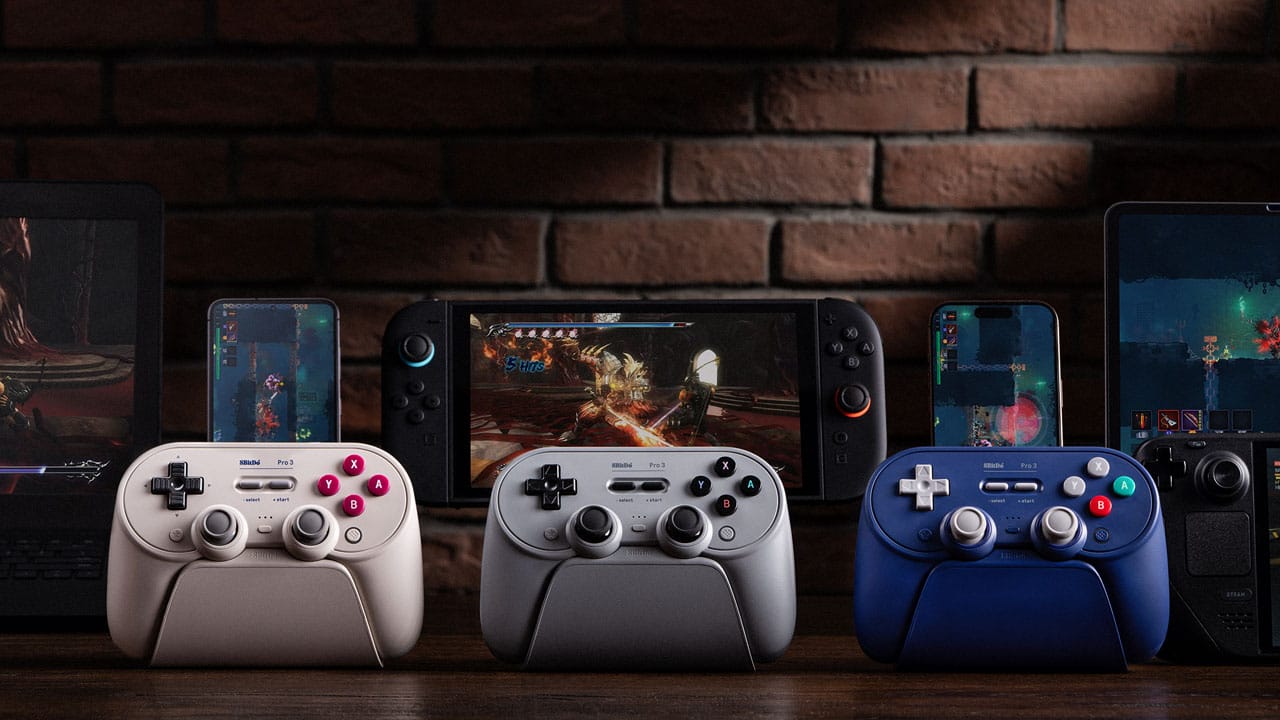Welcome to the Retro Dodo list of all Game Boy models in order & why they were special. It’s safe to say that the entire Retro Dodo team are serious Game Boy nerds. We’ve all owned multiple Game Boys over the years, traded and battled with Link Cables, put up with the Worm Light on the GBA, and collected more games than we dare count (for fear that our other halves might calculate how much we’ve spent on them!)
The Game Boy is widely regarded as being one of the most important and influential consoles of all time. It’s an iconic handheld that everyone recognises and spawned some of the most important gaming series that we still play today. I’ve only got to say the word ‘Pokémon’ to prove how much of an impact this console has had on te world of gaming.
More than that, however, each and every Game Boy has had an impact on us on a personal level. I can remember getting my first GBC, the day I opened the GBA, and the first time I held a Game Boy Micro in my hands. Growing up with the Game Boy was like growing up with the Harry Potter books; these consoles are a part of our culture, and they left a legacy behind that will live on forever So let’s take a look at all Game Boy models in order and find out just why they were so special.
Game Boy (1989)
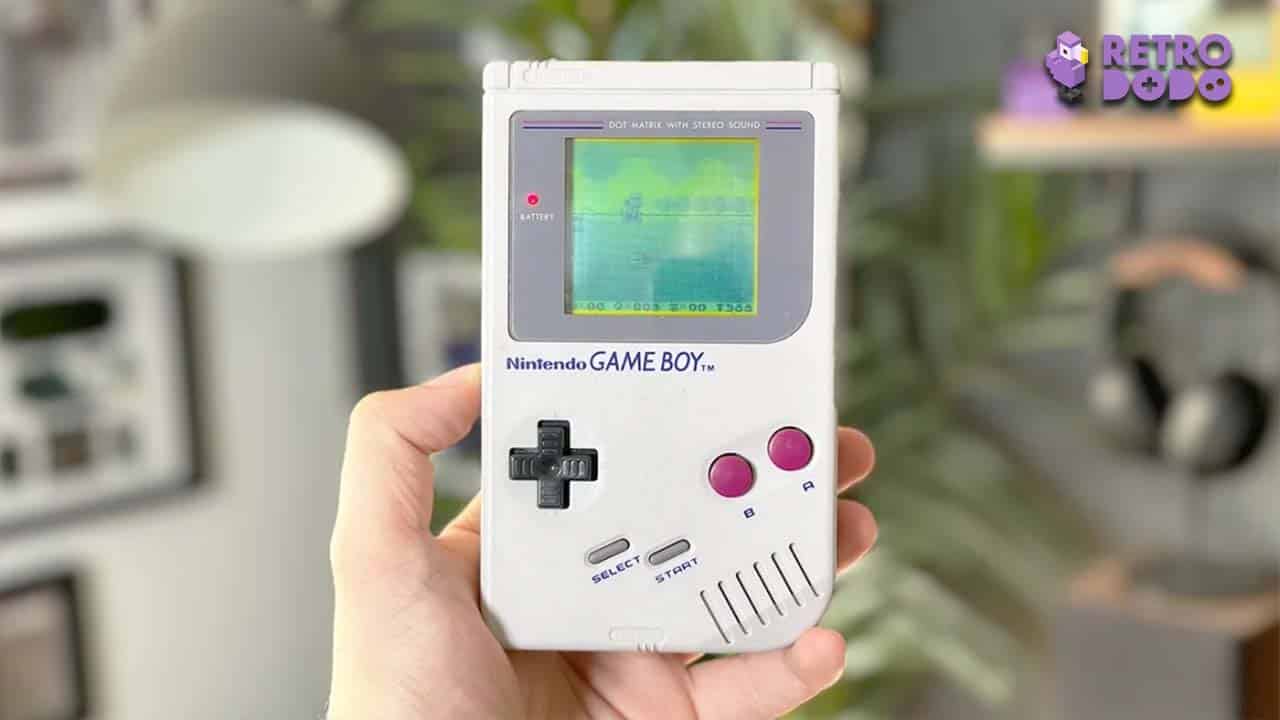
The very first Game Boy console, also known as the “Dot Matrix Game” (DMG-01), was first released in Japan on April 21, 1989. It was designed by legendary engineer Gunpei Yokoi of the Nintendo R&D1 team, a person you need to know about, if you do not already.
He invented the directional d-pad, designed the Game & Watch consoles, Game Boy, Virtual Boy, WonderSwan, Tamagotchi, as well as producing the original titles in the Metroid and Kid Icarus franchises. I mean, he’s a freakin legend.
But I digress. Back to the Game Boy… Like many Nintendo products in gaming history, the development team did not necessarily get overly excited about new flashy technology. Instead, focusing on tech that could stand the test of time and use. Implementing a custom 8-bit Sharp LR35902 GPU based on the Intel 8080 and Zilog Z80, a 2.6-inch monochromatic STN LCD display (with its iconic “pea green” tint) with no backlighting, all powered on four AA batteries for up to thirty hours of gameplay.
The specs used ensured that Nintendo could offer a product that was durable, could be played for hours upon hours, and could be priced lower than the competition. And boy, did they sell! In fact, it is still the third highest-selling portable game console of all time (sales numbers were grouped with the Game Boy Pocket and Game Boy Color, for some reason), second only to Nintendo’s ‘Hybrid Hero’ the Switch and the DS series.
The console was home to some of the most iconic video games of all time including Tetris, Super Mario Land, Kirby’s Dream Land, Pokemon Red/Blue, and The Legend of Zelda: Link’s Awakening. All some of my favorite games.
So what made the original Game Boy so special (if it were not already made clear by the above)? Well, this should be an obvious one; it was special because it was the first in the series. But besides being the first, it also proved that portable gaming consoles could be a successful product for youth and adult markets worldwide.
The Game Boy was arguably the first portable game console to really pop and reach the masses. Everybody (including my grandma) knew what a Game Boy was. In fact, if you flash any gaming device around my grandparents, they will call it a Game Boy. While future consoles on our list of all Game Boy models will show the massive improvements that Nintendo will eventually make to the series… it was the DMG that set the stage.
Game Boy Pocket (1996)
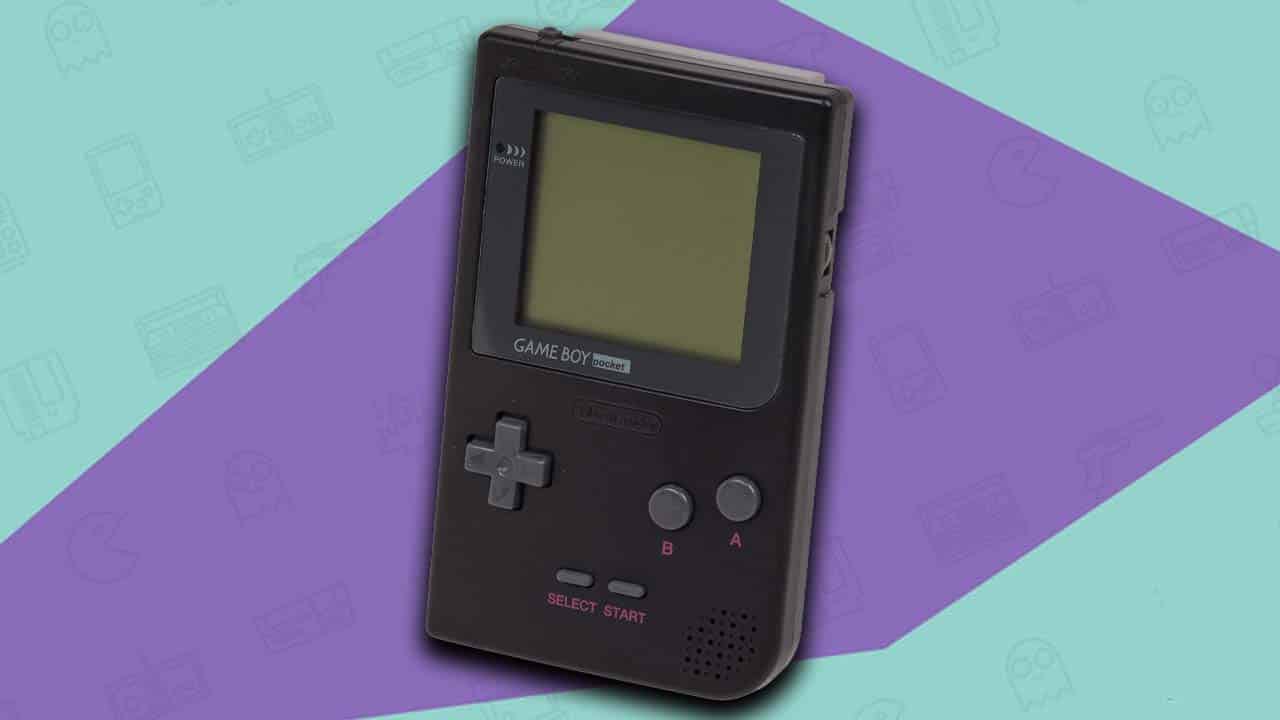
Following the giant success of the Game Boy console, Nintendo officially launched its successor the Game Boy Pocket on July 21, 1996, a smaller, lighter version of the original model. Besides the obvious changes to the size and form factor, one of the most recognizable changes was the change to the console’s screen, now a true black, white, and grey. And most of the ghosting effects of the previous model were also eliminated in these new screens.
Sadly, there was no backlighting yet, but in my humble opinion, it is the most beautiful Game Boy console ever created. It is the perfect shape, perfect size, and just flawless in its physical form. While contemporary Game Boy modders have complaints about the power system, it is easy to forget that Nintendo designed a console that performed flawlessly with the power it needed.
Nintendo never anticipated that 20-25 years later, we would be trying to shove an IPS cell phone screen in these consoles. In fact, I’m quite positive Nintendo wouldn’t want us doing a single modification to their consoles.
What made the Game Boy Pocket so special at the time of its release was that we now had a truly pocketable game console that could play all of the same wonderful games powered only with two AAA batteries. The original Game Boy feels chunky, hefty, and beefy. The Game Boy Pocket feels slim, petite, and concealable. It was a console that you could easily throw in a bag or in your pocket without feeling burdened.
Game Boy Light (1998)
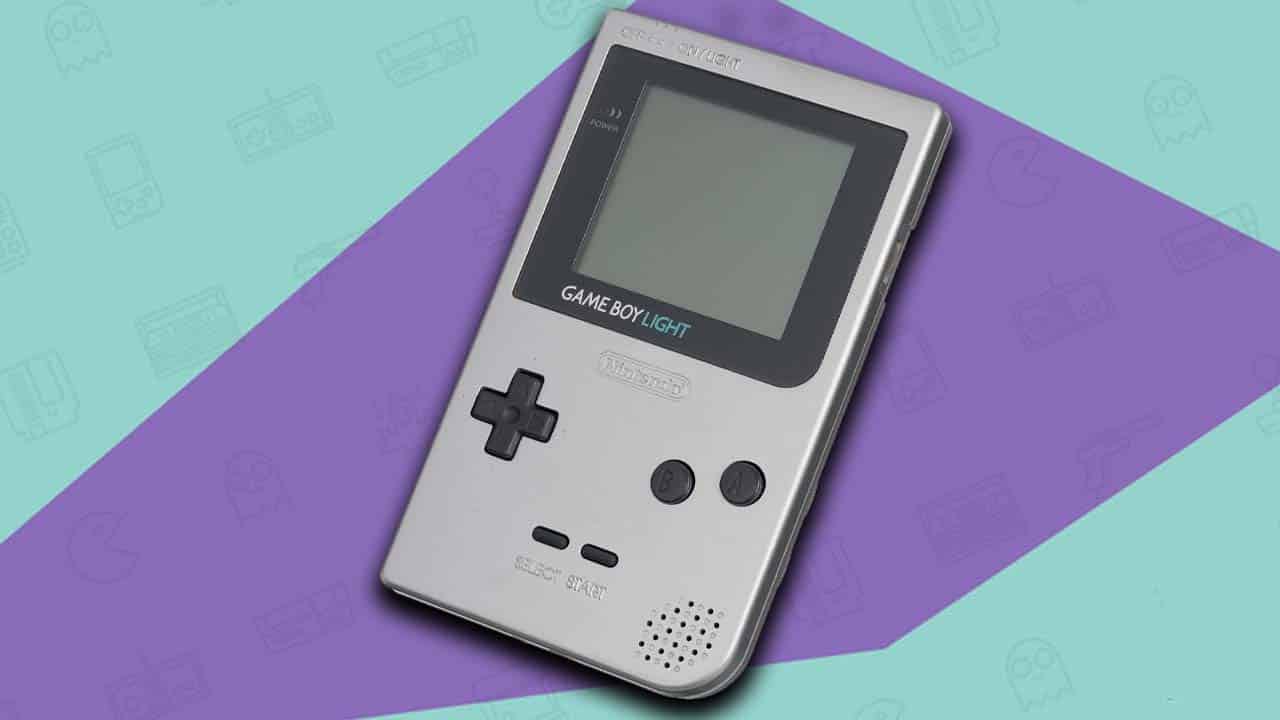
The Game Boy Light is a special iteration in the Game Boy series and one that is often forgotten. You would be forgiven for maybe not even knowing that it even existed, as its release in April 1998 was only for the Japanese market. The consoles never had official distribution outside of Japan. It is unlikely you ever even saw one in the West back in those days. And they are still quite uncommon to find even in today’s collecting community.
So what made the Game Boy Light special? Well, hopefully, its name should give you some indication. Yes, the Game Boy Light was the first Game Boy model to give us backlighting in the screen! The Game Boy Lights design was quite similar to the Game Boy Pocket, at first glance, though it was slightly taller.
The rear of the console had a bump to accommodate the two AA batteries that delivered roughly 12 hours with light and 20 hours without. The consoles backlight gave off a unique turquoise color, and of course…, it now allowed players to game all through the night. Something games in the West had struggled with for years (using those annoying worm light accessories).
Backlighting would be a luxury we would soon lose and not see again for a few years. Which would always vex gamers. But it is a testament to how special the Game Boy Light was in the Game Boy series.
Game Boy Color (1998)
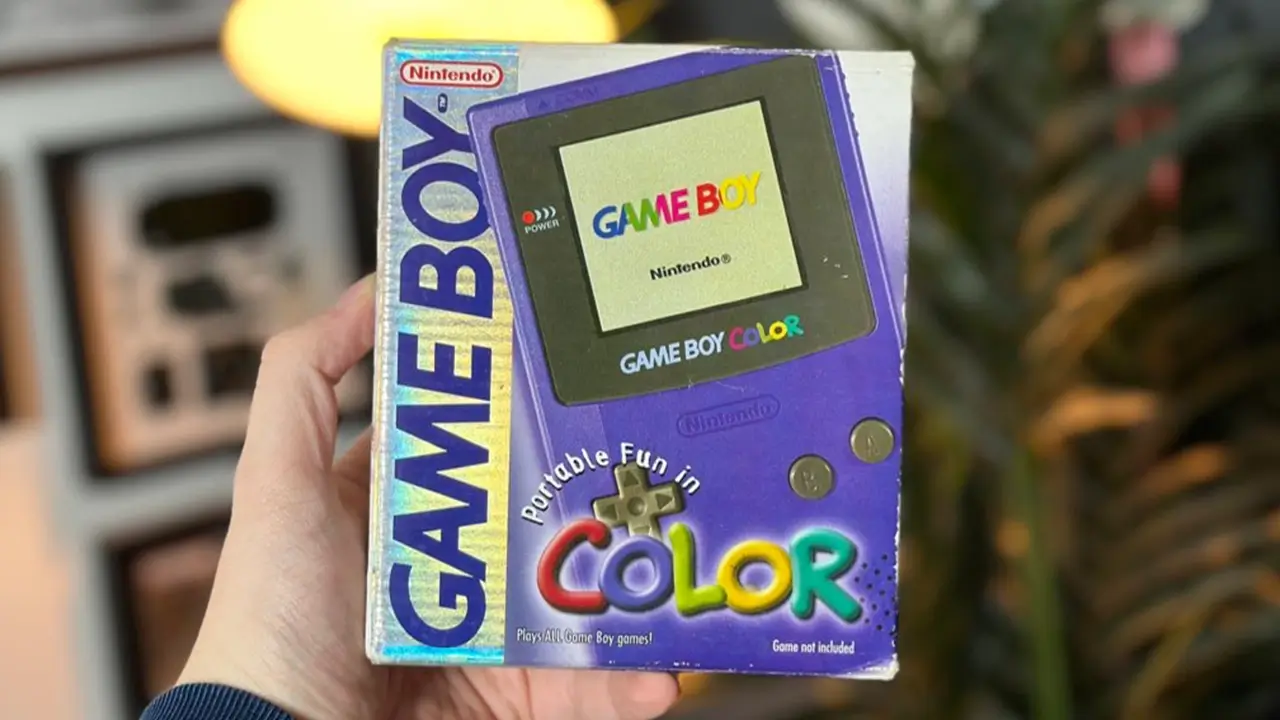
The Game Boy Color, Nintendo’s first color portable game console, was released on October 21, 1998. The new iteration in the Game Boy series featured an entirely new exterior design that combined elements of the Game Boy Pocket and Game Boy Light, while having its own identity.
Now with a color LCD screen (slightly smaller than the Game Boy Pocket screen, and no backlighting) and a unique shape that gave it a great feel in the hands of players. Like it’s predecessors, the Game Boy Color featured a custom 8-bit Sharp GPU, though the new CPU was twice as fast as that of the original Game Boy and had three times as much memory.
The Game Boy Color was backward compatible with all previous game titles. This means it could play the original monochrome games, and the console also could automatically assign color palettes to those games, giving them new life. The Game Boy Color could deliver up to 10 hours of gameplay on two AA batteries.
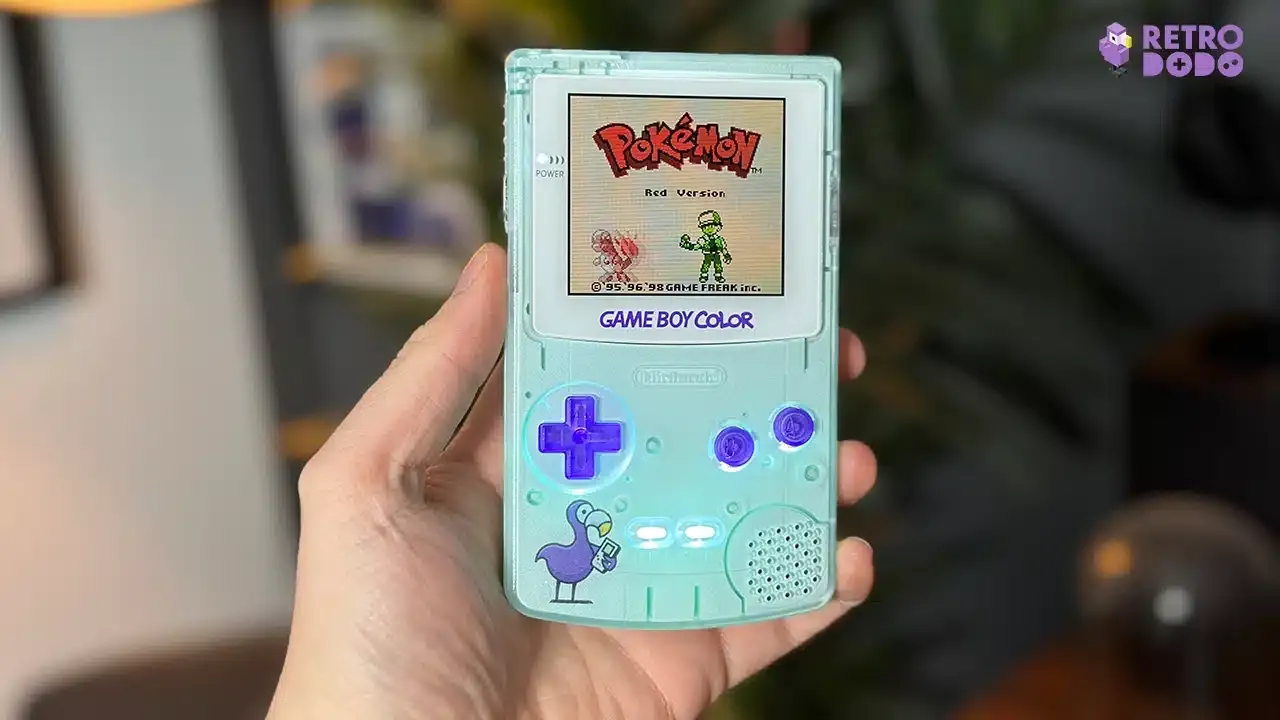
Looking at all Game Boy models in order & why they were special, it’s obvious to see why the Game Boy Color was a welcome improvement in the series.Color portable game consoles were nothing new… they existed even when the original Game Boy console was released. So players had been hungry for a color Game Boy from day one.
And we all rejoiced when the Game Boy Color finally hit the market… giving us everything we wanted from our favorite handheld game console. The Game Boy Color would prove to be one of the most exciting handheld game consoles of all time.. still popular to this day among gaming enthusiasts. Are you a Game Boy Color fan? Check out our list of the 60 Best Gameboy Color Games of all time.
Game Boy Advance (2001)
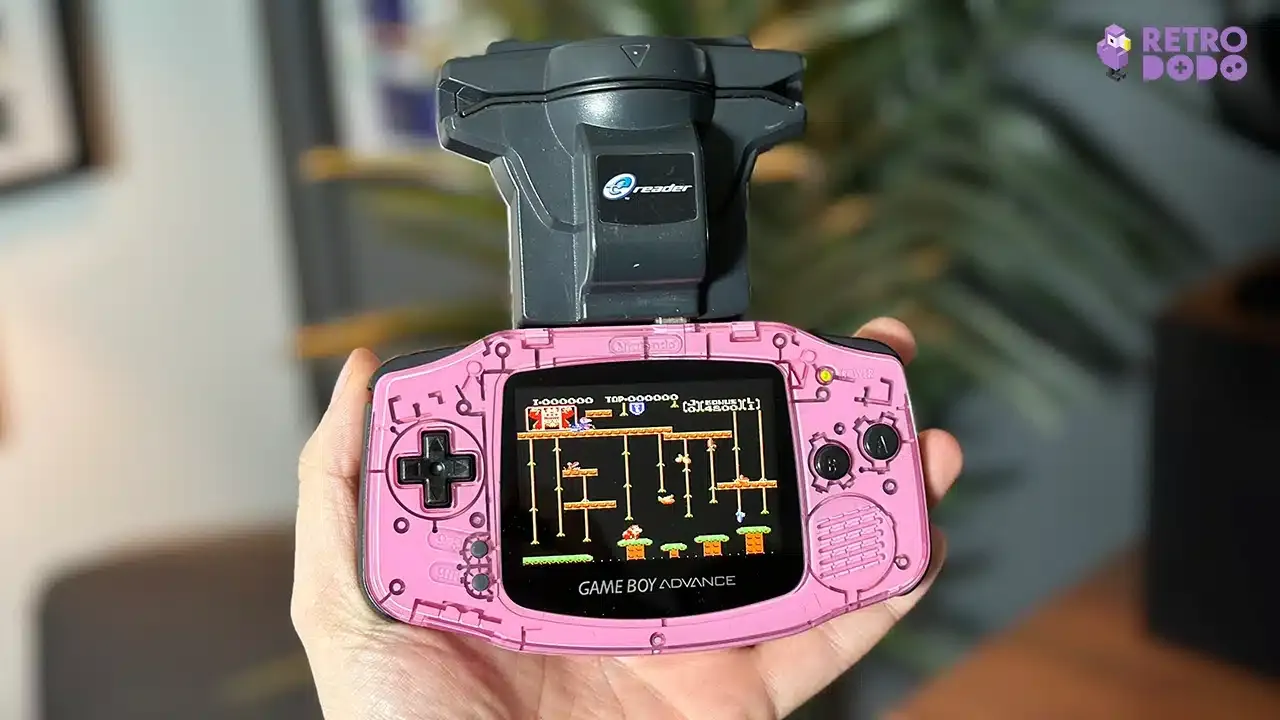
The Game Boy Advance was Nintendo’s first 32-bit portable gaming console, released on March 21, 2001. If you’re good at your math, you may have noticed that the Game Boy series made quite a significant jump in bit size from the Game Boy Color to the Game Boy Advance.
The Super Nintendo Entertainment System home console was a 16-bit system… So that means the Game Boy Advance doubled the processing capabilities of the home console and quadrupled that of the Game Boy Color. I’m not quite sure how the math actually works out in that respect, but it definitely proved to be a significant technological jump for portable game consoles.
The console features both a new 32-bit ARM7TDMI CPU and the original Sharp LR35902 to make the console fully backward compatible with the previous generation of game titles. It could accept the new smaller game cartridges, as well as the previous generation cartridges. Nintendo placed a tiny switch inside the game cart slot to swap functionality based on the type of game used. They also made some bold design changes in this new iteration in the Game Boy line of consoles.
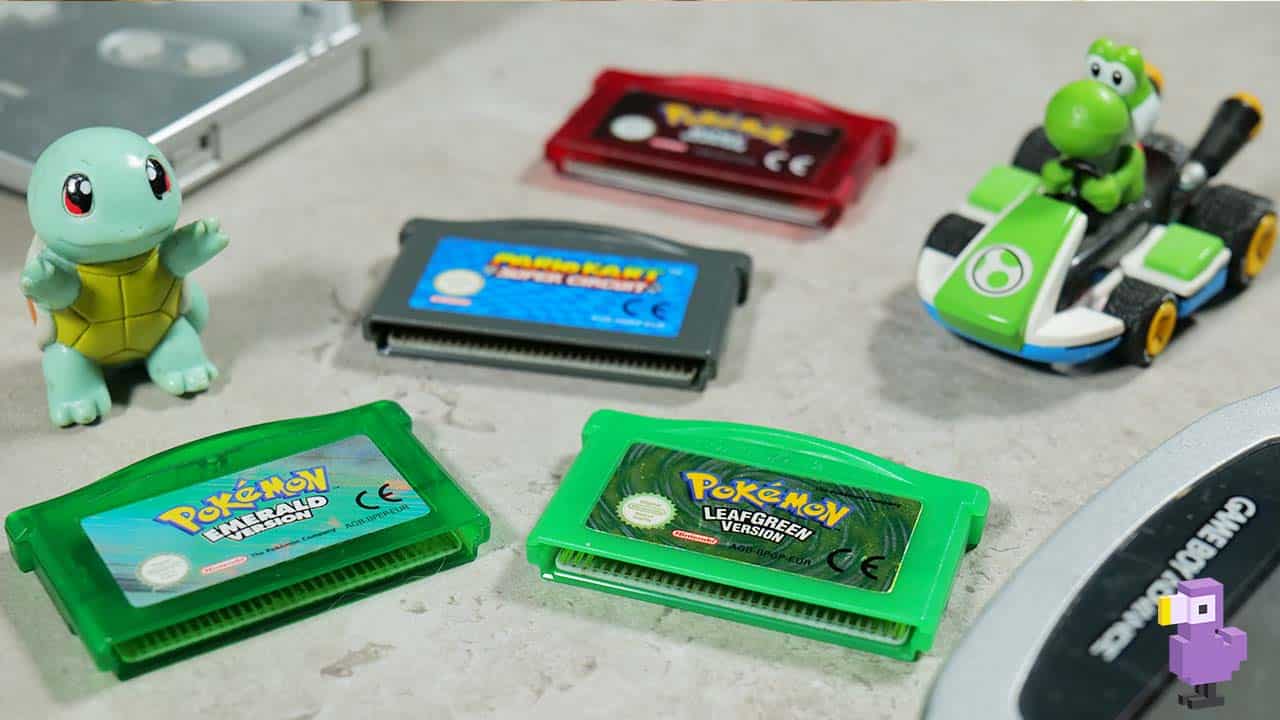
The Game Boy Advanced was now a horizontal format console, speaking to the original Game & Watch design. The horizontal format being preferable to many gamers. Check out this Game Boy DMG Advance we recently covered. But where the Game & Watch and the previous Game Boy models would be designed by Gunpei Yokoi, Nintendo now leaned on the design talents of French designer Gwénaël Nicolas of the design studio Curiosity.
The new design was intended to be more modern and softer in visual appearance, and it now featured two shoulder buttons, as well as a wider format color TFT screen. And the new system delivered about fifteen hours of gameplay on two AA batteries, an improvement from the previous iteration.
What made the Game Boy Advance so special was in its new aesthetic approach and the giant leap in capabilities for games. The console was now capable of gameplay comparable to home consoles. And it was truly impressive for portable gamers at that time. The gameplay felt significantly smoother, more dynamic, and the sound & graphics were insanely improved from the Game Boy Color. Over 80 million units of the Game Boy Advance were sold in its lifespan and it proved to be an incredibly significant step in the progress of the series.
Game Boy Advance SP (2003)
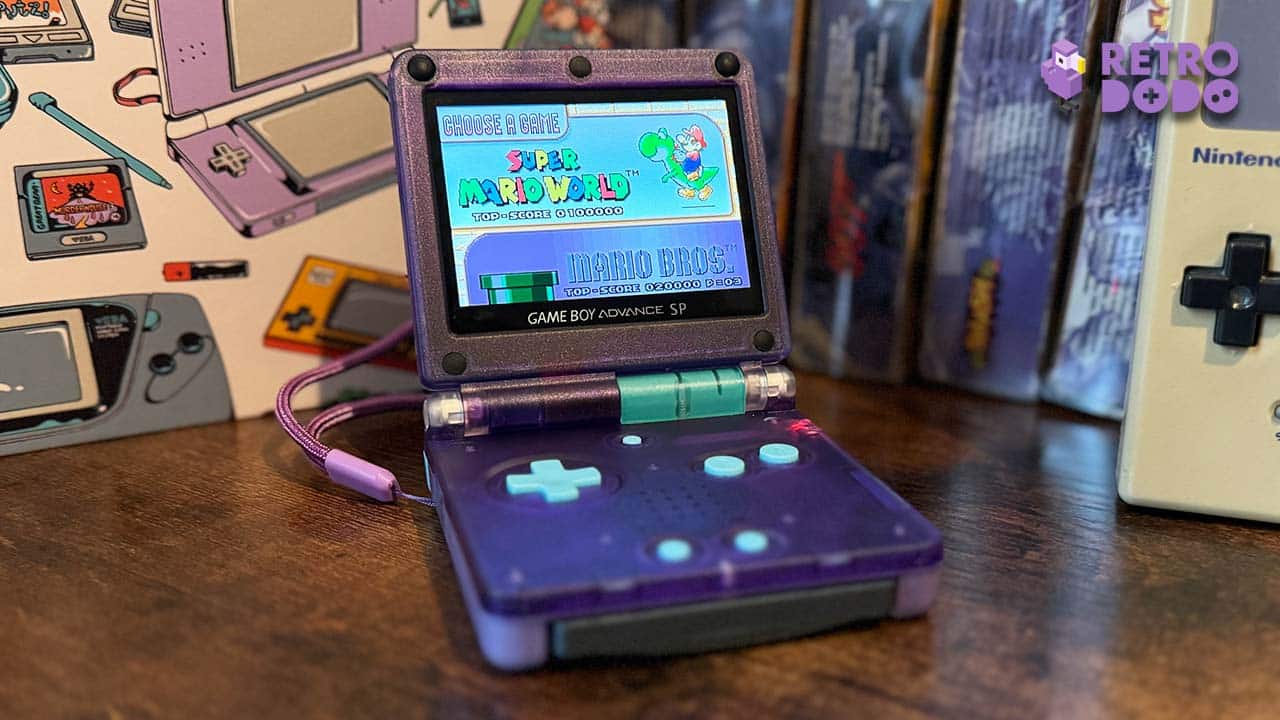
The next revision to the Game Boy series would come in the form of the Game Boy Advance SP, released on February 14, 2003. It was a revision to the Game Boy Advanced, taking all of the same game performance and putting it in an entirely new form factor.
Nintendo wanted to give gamers a more pocketable format by reducing the horizontal dimensions. Through its new clamshell design, the console could be closed and placed in a bag or pocket without concern of damaging the screen or buttons. It featured the same ARM7TDMI CPU of the previous iteration, so the performance was exactly the same.
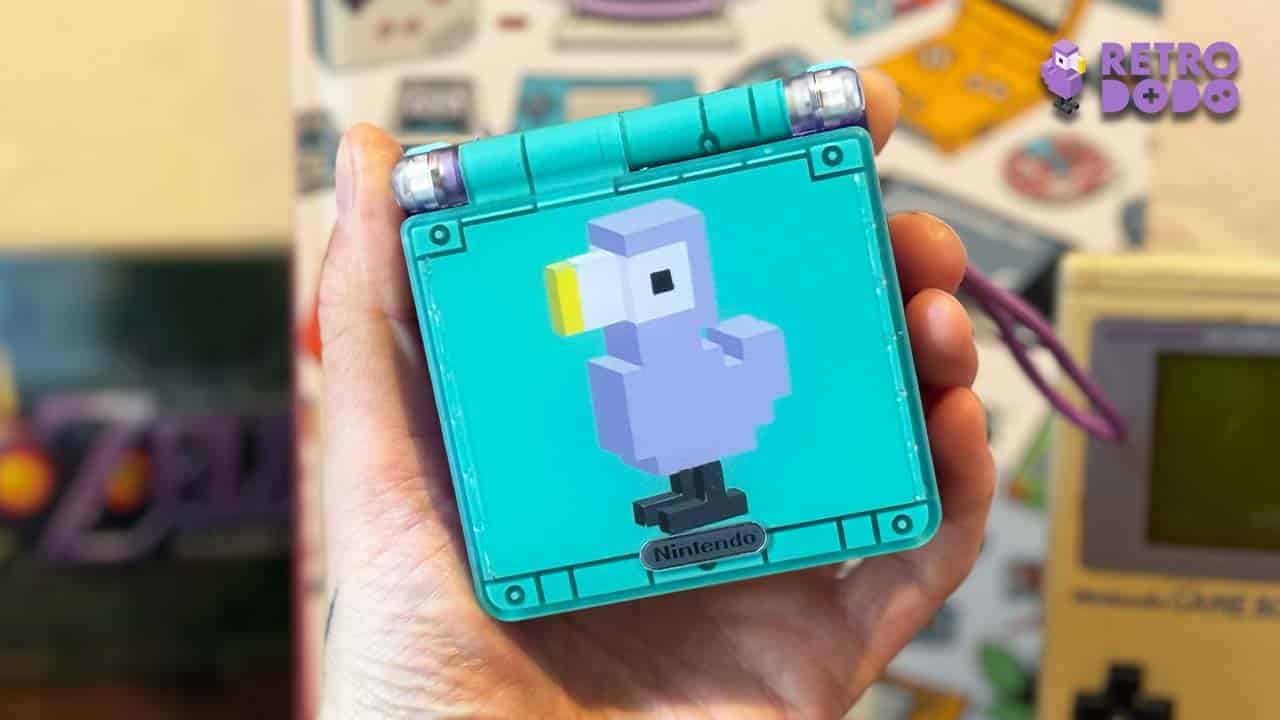
But Nintendo did make some significant upgrades to the console, making it truly “Special”. The first, and maybe most significant improvement is that the SP was the next Game Boy to bring back a built-in lighting solution. The first iteration of the SP featured a front-lit screen, and the second featured a backlit screen.
This was probably the most requested feature in the Game Boy series, and a luxury only ever seen in the short-lived Japan-only Game Boy Light. The new console design also featured a new rechargeable lithium-ion battery. So no more trips to the convenience store to grab more AA batteries… you could plug the console into the wall for a few hours, and jump back into gameplay.
The Game Boy Advance SP could reach nearly 10 hours of play with the backlight on, and 18 hours with it off. The “SP” in the name literally stands for “Special”… and many gamers do consider the new iteration of the Game Boy exactly that.
This console holds a special place in the hearts of many gamers as their number one console design, and there are a ton of custom SPs in the modding community. It is considered by many to be the pinnacle of the Game Boy series and is typically considered to be the last (the next on our list is another often-forgotten entry). At the very least, you could say that the SP was incredibly unique, and also an obvious precursor for what would eventually become Nintendo’s best selling console, the Nintendo DS.
Game Boy Micro (2005)
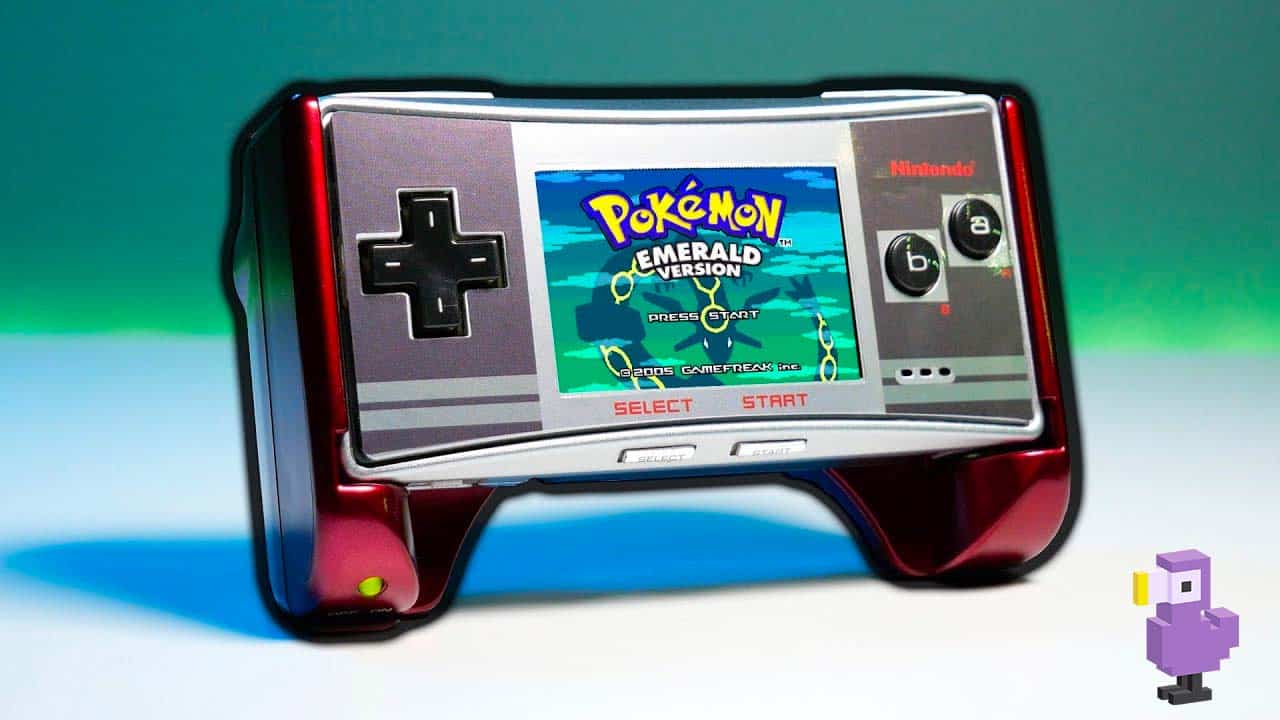
The Game Boy Micro was first released on September 13, 2005, and is (as the name suggests) a compact iteration of the Game Boy Advance. Looking at the entire timeline of the Game Boy series, we can roughly break it into three chapters: The monochrome consoles, the color console, and the advance consoles.
The Game Boy Micro would be the finale of both the Advance series as well as the Game Boy series as a whole, a unique console that was created with portability and minimization at the forefront of its design.
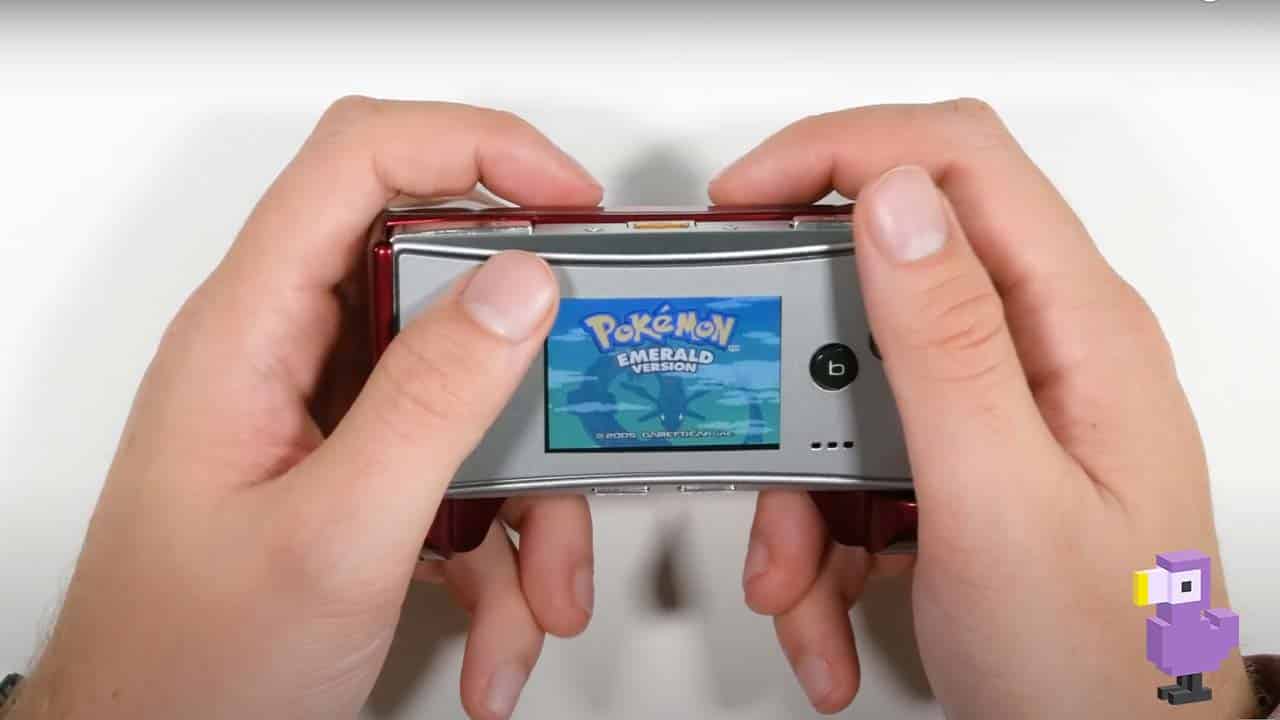
Everything about the console was reduced to bare-bones to result in the most compact form factor possible. The Micro shed most of its internal parts necessary for backward compatibility with the 8-bit generation games.
But what does remain is the same 32-bit game capability, a backlit screen, and a lithium-ion rechargeable battery, What made the Game Boy Micro so special, besides its ultra-portable form factor, was its unique exterior that was made entirely of metal, and the new concept of interchangeable face plates.
Like the Game Boy Light, the Game Boy Micro is a lesser-known of the console series, and also one that did not quite meet sales expectations. It came at a time when the SP was still wildly popular, and the incoming DS was the center of the spotlight.
The Future Of The Game Boy
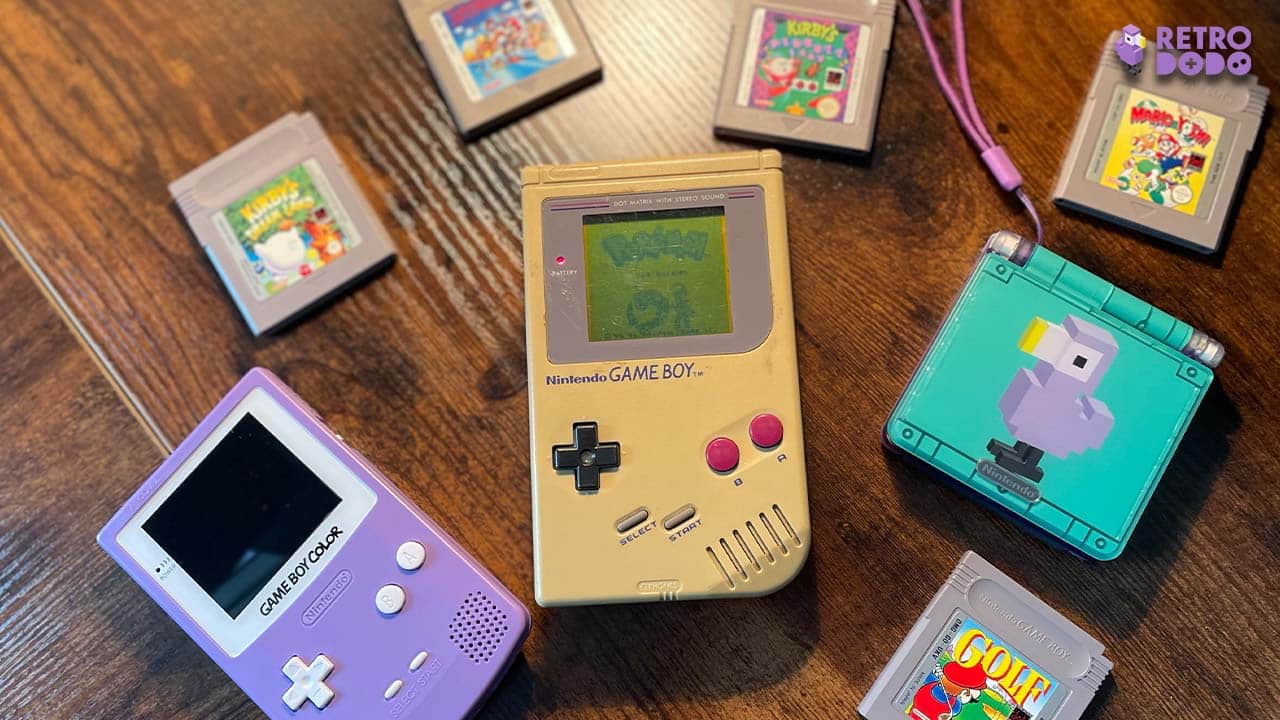
I personally do not believe we will ever see a new Game Boy come to market. The Nintendo DS surely could have been called the “Game Boy DS” and kept the name alive. And as Nintendo’s current console is a home/handheld hybrid.. and is quickly rising on the list of best-selling game consoles of all time, I do not imagine they will decide to resurrect the “Game Boy” namesake.
I also could not see Nintendo ever producing new game titles and physical cartridges for the Game Boy. We may possibly get a Game Boy Mini-type release, which would be some sort of emulation handheld officially produced by Nintendo that comes prepackaged with some of their first-party titles that they still retain rights to produce.
And I absolutely see Nintendo eventually releasing a Game Boy and Game Boy Advanced arm of their online subscription service. But there are thousands of gamers out there who are as excited (if not more) about the Game Boy as I am. And I believe it will be through the efforts of collectors and enthusiasts like myself that will keep the Game Boy legacy alive and well for years to come.

